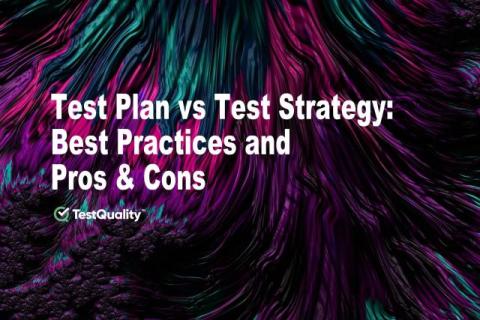The Future of Financial Services Testing is Automated
In the fast-paced, highly regulated world of financial services, delivering exceptional service isn’t just about speed – it’s about managing immense complexity. As financial institutions face increasing pressure to innovate, they also carry the weight of maintaining strict security and compliance standards. Test automation is more than just a tool; it empowers teams to modernize with confidence, knowing they can meet both quality expectations and regulatory demands.











